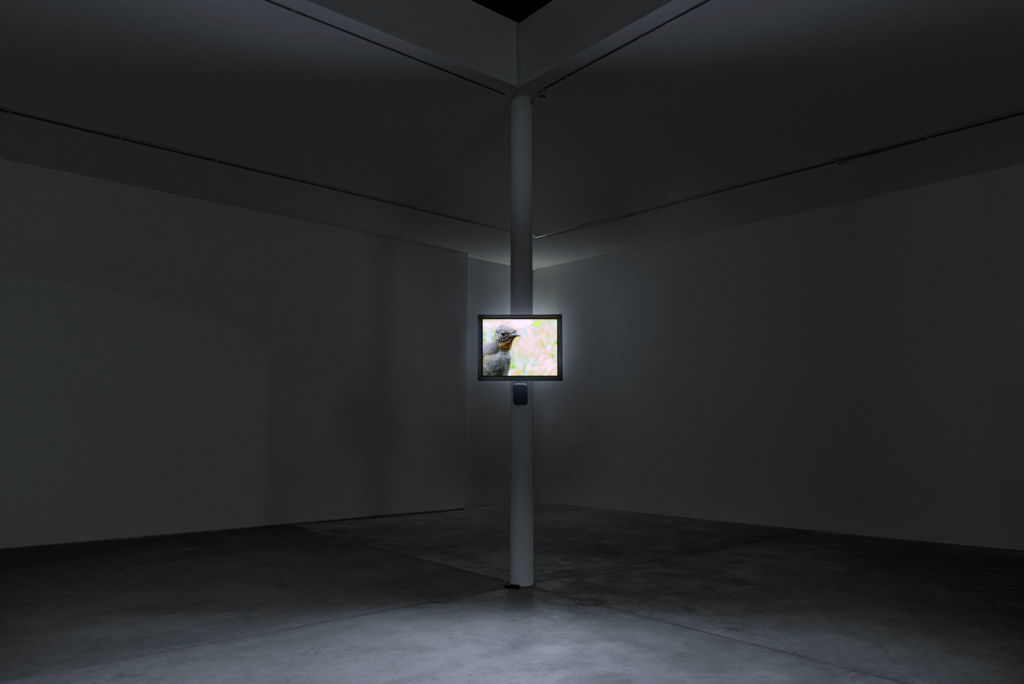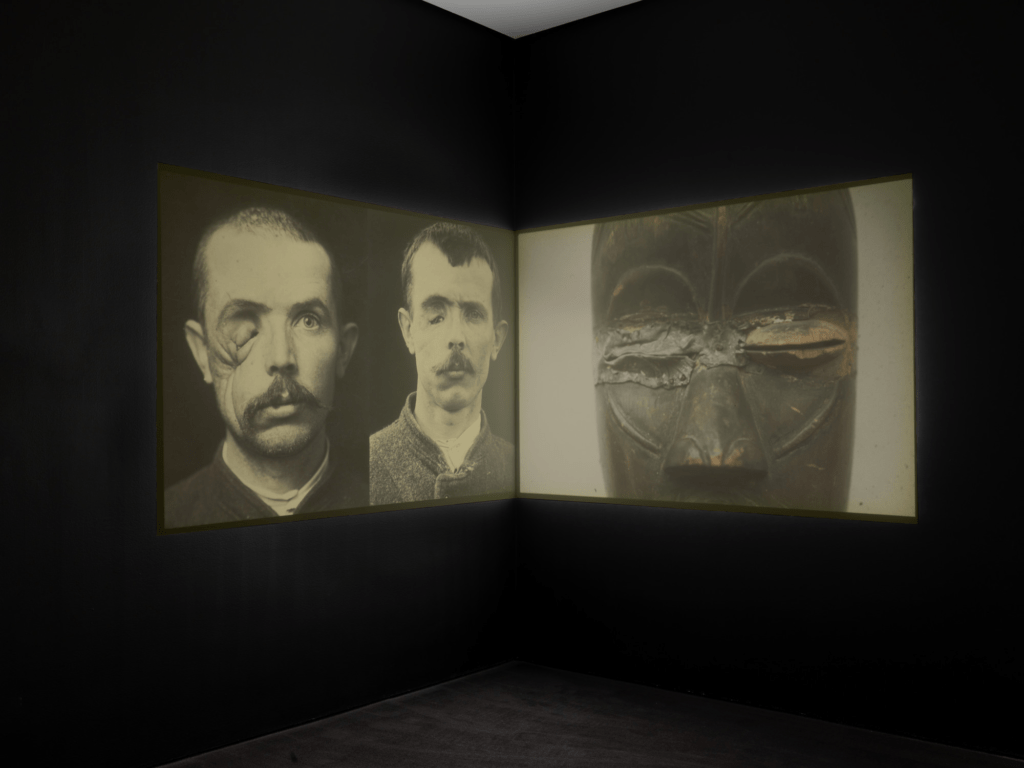Memoriesforart » Artists » Kader Attia

More Facts
Name: Kader
Surname: Attia
Lives & Works: Dugny
Lives in State: Île-de-France
Nationality: France
Date of Birth: 1970
Period: Post-War
Movement: Contemporary art
Table of Contents
As an avid art enthusiast, you likely appreciate learning about influential contemporary artists shaping the global art scene. Kader Attia is one such artist who deserves recognition for his thought-provoking work. From his start as a self-taught artist to his international acclaim today, Attia’s journey also serves as an inspiration.
Attia has always pursued his artistic vision with passion and purpose, from his upbringing in France and Algeria to his forays into philosophy and activism. His works blend conceptual art, sculpture, film, and installation to explore themes of memory, identity, and postcolonial history. Attia’s art gives marginalized groups a voice and highlights imperialism’s lingering traumas.
Though his pieces can be challenging, they aim to foster dialog and promote healing. Attia is an artist in the truest sense, using his craft to make sense of the human experience and connect us to deeper truths. His star continues to rise in art, gaining international acclaim and significant awards.
Without a doubt, Kader Attia is poised to become one of the most influential artists of the 21st century. You are fortunate to witness such a rare and remarkable talent blossoming.

Kader Attia was born to Algerian immigrant parents in 1970 in Dugny, France. He grew up in the Parisian suburbs, where he developed an interest in philosophy, art, and social justice from an early age.
Attia earned a bachelor’s degree in Philosophy at Paris-Nanterre University in 1993. He originally planned to pursue a career as a philosophy professor but shifted his focus to contemporary art. In the mid-1990s, Attia began creating collages and sculptures using found materials from the Parisian suburbs where he was raised.
In 1998 Attia moved to Berlin to study at the Universität der Künste. He earned a Meisterschüler, the German equivalent of a master’s degree, in Sculpture 2001. Attia’s time in Berlin had a profound impact on his artistic development.
He was exposed to a vibrant arts scene and connected with curators who supported his work. His pieces from this period incorporate materials from Berlin’s urban landscape and explore themes of cultural identity, post-colonialism, and the psychological impact of displacement.

Kader Attia is known for his socially-engaged art and activism. His diverse practice incorporates sculpture, video, photography, and installation to explore themes of cultural identity, post-colonialism, and the physical and psychological effects of injury and repair. He is a vocal advocate for minority groups and frequently participates in talks, conferences, and events promoting diversity and inclusion.

In the mid-1990s, Attia began gaining recognition for his conceptual and politically engaged work. His pieces explored repression, censorship, and the relationship between the individual and the state.
In 1997, Attia was awarded the Prix de la Villa Médicis for a fellowship to study at the French Academy in Rome. This prestigious prize allowed him to reflect on his Algerian heritage from a distance. His time in Rome allowed him to connect with other North African artists confronting migration and post-colonial identity issues.
Much of Attia’s work examines how cultural identities are constructed and remembered.
|
2016 |
The solo exhibition “Sacrifice and Harmony” at the Museum of Modern Art in Paris |
It featured old family photographs, traditional Algerian rugs, and newspaper clippings to represent the hybrid cultural identity of second-generation Algerian immigrants in France. |
|
2012-2016 |
“The Repair” |
The video installation explores how cultural traditions persist or change through interviews about the ancient Japanese practice of kintsugi, repairing broken pottery with gold lacquer. |
Attia frequently addresses the legacy of French colonial rule in Algeria and its impact on contemporary society.
|
2009 |
“The Recovery of Discovery” |
Features a series of photographs depicting the heads of non-Western sculptures and artifacts held in the collection of a significant Western museum. |
|
2016 |
“Primitive Games” |
This sculpture, “Primitive Games,” incorporates materials from both Western and non-Western cultures, including a Congolese mask and European sporting equipment, representing the complex power dynamics of colonial influence and cultural exchange. |
Through his meaningful and thought-provoking work, Attia establishes himself as an influential figure in postcolonial discourse and the examination of transcultural memory. His art gives voice to marginalized groups and facilitates essential conversations about identity, power, loss, and remembrance. Attia is a fitting representative of 21st-century globalism with his fusion of diverse cultural references in contemporary multimedia practice.
Upon returning to Paris, Attia started actively exhibiting his work. These exhibitions introduced Attia’s provocative style to an international audience and established him as an artist willing to address complex topics related to politics, religion, and collective memory.
|
2000 |
Magasin Center National d’Art Contemporain de Grenoble |
|
2009 |
Musée d’Art Moderne de la Ville de Paris |
|
2010 |
Museum für Moderne Kunst in Frankfurt |

Attia’s work was featured in the MoMA’s exhibition “Theater of Operations: The Gulf Wars 1991-2011”. The show examined how the 1990-91 Gulf War and the subsequent Iraq War impacted politics, culture, and artistic practices. Attia’s pieces explored themes of memory, trauma, and repairing modern conflicts.
Attia’s solo exhibition “The Earth is All of Us” premiered at The Power Plant gallery. The show included several of Attia’s signature sculptural works and new pieces created specifically for the exhibition. His thought-provoking works confronted themes of colonization, cultural appropriation, and the relationship between the West and the non-Western world. The show received widespread critical acclaim and further cemented Attia as an influential figure in contemporary art.
Documenta 14, one of the world’s most prestigious contemporary art exhibitions, featured several of Attia’s works exploring his recurring interests in postcolonial theory, cultural heritage, and social inequalities. His pieces were shown in the leading exhibition in Kassel and the Athens portion of the quinquennial show. Document 14 highlighted Attia’s role as a leading voice in postcolonial contemporary art.
These accolades demonstrate Attia’s work’s widespread influence and acclaim in recent years. His poignant yet poetic meditations on culture, conflict, and identity have resonated with global audiences, cementing his status as an essential figure in contemporary art today.